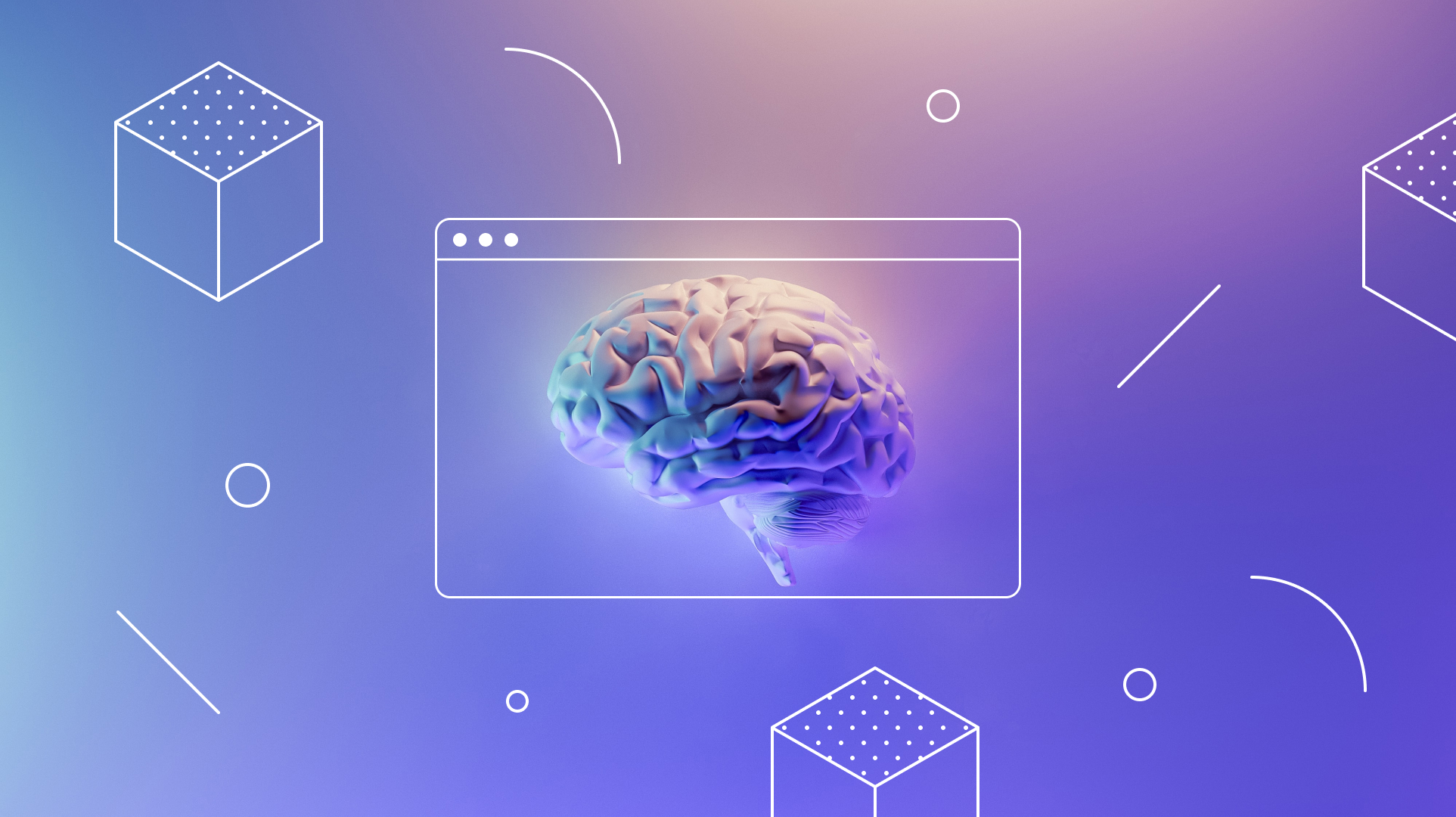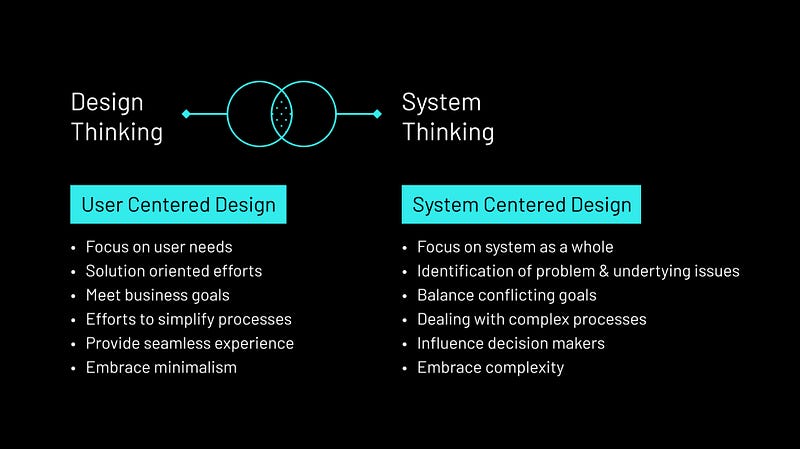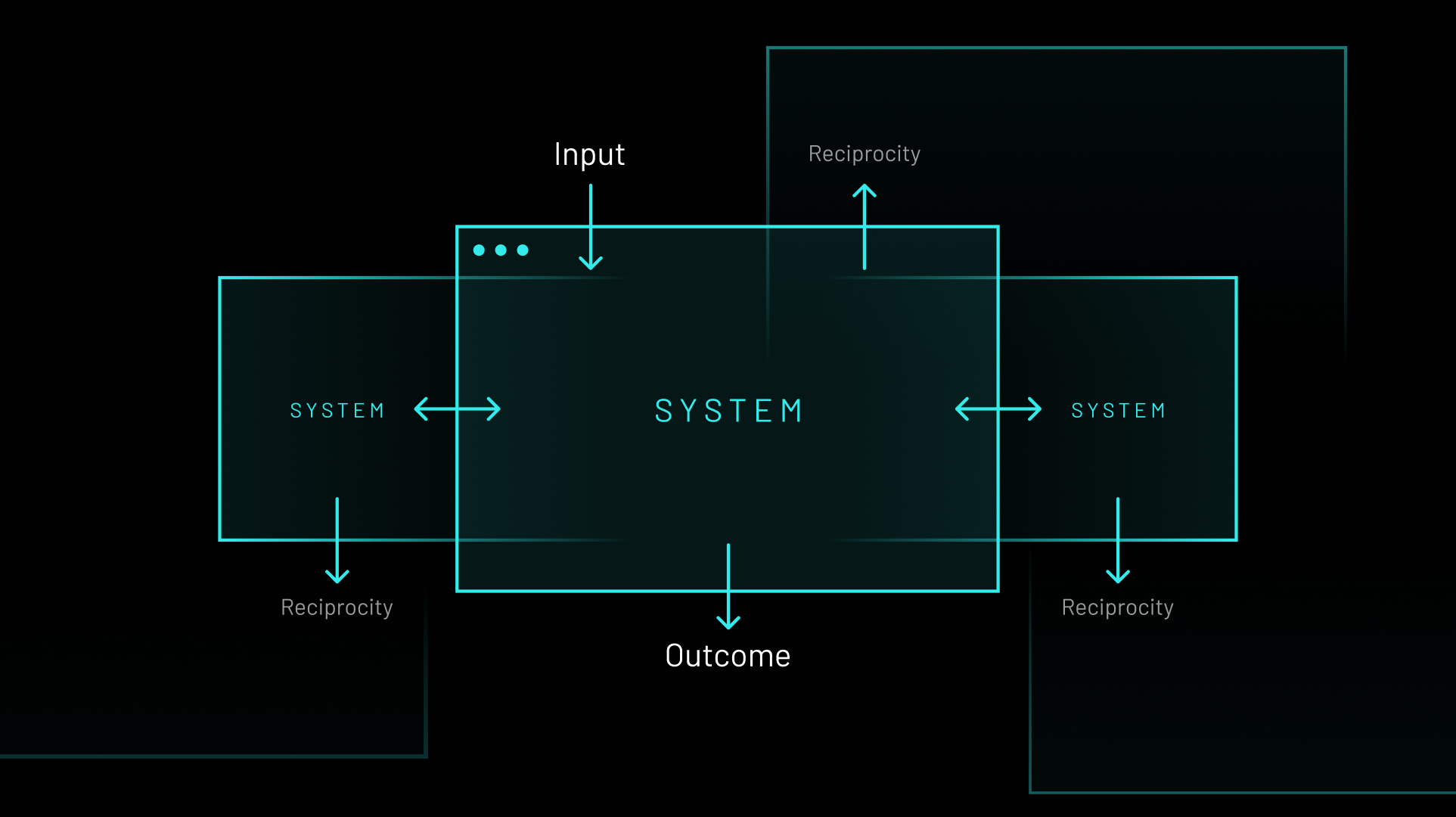
The human brain has evolved to understand the world around us, adapt to the situation, and overcome hurdles. Systems surround us, including the device on which you are reading this to something as complicated as a socio-economical system. Children are taught numbers first and are introduced to basic mathematics, some of them grow up to understand the mathematical systems even further, Mathematicians! An engineer can not build a machine without understanding the basics of science and engineering. Systems are meant to be understood and dealt with to overcome problems.
Okay, but what exactly the word ‘system’ means? Each community has its own definition of the system depending on its focus. It is constantly redefined by researchers and pioneers in different contexts for convenience. In the book ‘Thinking in systems’, Donella Meadows defines a system as
“an interconnected set of elements that is coherently organized in a way that achieves something… A system must consist of three kinds of things: elements, interconnections, and a function or purpose”.
A good insight out of this definition is that the system overpowers the individuality of the elements. So, a system thinker must examine the elements and the interconnectedness which may change the behavior of the system.
The system is whole; the sum of all parts where a change in any component will directly or indirectly impact the entire system. It sets up the context. When designers spend more time understanding the problem in the right context, they may identify more associated issues, and addressing them would result in a scalable and sustainable solution.
In our daily design work, we come across questions from teammates or clients like:
How can we provide a better experience to the end-users?
What’s the user goal of this workflow?
How can we inline the experience with the company’s vision?
These questions create a need for us to create value for users. We will focus on the entity and its surroundings to deliver an experience by determining how it will respond and cater to the business and user demands. Designers are trained to understand and to have the means to solve design problems through design thinking. It is that sense of accomplishment that drives us to keep evolving to solve the design problems in and for businesses.
We are changing the way systems work. We are dealing with AI, machine learning, Voice/Facial recognition, sustainability, privacy, etc. We are constantly building, tweaking, and modifying systems. The constant upgrade in technology and the ever-rising business goals have made the systems concerted. The issues sometimes are underlying which may impact the surrounding, ecosystems and ultimately the businesses.
The question here should be –
We are familiar with the action and cause mechanism. Our brain tends to capture the immediate reaction of action, a typical cause-reaction relationship. In today’s technologically driven world, to build a sustainable product, we need to push ourselves far beyond this tendency. Jumping to a solution with shallow knowledge of the problem may lead to even a bigger problem in the future. And that is why System thinking is more than just a tool for today’s technology-driven world.
The holistic design approach of considering all the aspects of a problem and underlying issues rather than focusing on the solution is ‘System thinking’. The system thinking approach focuses on all inter-relationships of all inter-connected components to understand the underlying structure.
Designers tend to jump straight to designing interfaces when the issue is defined and understood. But, there might be some interconnections with other workflows, which may cause problems in later stages. Designing solutions without scanning for underlying issues at a very early stage can get in the way of delivering a sustainable solution.
Solving a problem without setting up a context is like choosing furniture without knowing the size and layout of the house
One of the four Human-centered design principles, system thinking emphasizes leveraging the design thinking to untangle as many parts of the problem as possible. If we target to solve a problem, we must try to understand the underlying structure, connectedness, and impacts.

Without system thinking, people end up oversimplifying the problem and taking it out of context to treat the symptoms. This may sometimes lead to even worse problems. In one of the design system thinking discussions, Don Norman says that electric vehicle is a good solution to the global social problem of pollution. It of course reduces the carbon footprint caused due to use of gasoline fuel. But if the electricity used is coming from the coal and it is still causing environmental impacts, then it is defeating the purpose. Worse, it could even lead to world damaging pollution.
Everything is dependent on something else for abidance. Humans are dependent on natural resources for survival and natural resources need sunlight to thrive.
System thinking needs a shift in our mindset. Instead of treating elements of a system as individuals, we should try to picture the connections between them. The system may have reciprocity with other systems or parts of the system due to which the direct output is impacted in a complex manner.

To develop a system thinking mindset, we need to see the interconnectedness and combine multiple things. Systems are dynamic and complex, and that is why it needs a holistic approach to understand the processes within. System thinking, often, needs us to see the emergence; the new things coming together. Emergence is an outcome of interconnectedness and synthesis.
Now, due to multiple things coming together, there are constant feedback loops that flow between the elements. Feedback loops help us make decisions to balance out the outcomes to find viable solutions. Also read – Unveiling the Art of Progressive Disclosure
The designers’ role is not just limited to designing usable products and services. There is true potential in a collaborative effort across multi-disciplinary teams to leverage system thinking not just to create viable and useful products but also to manage the changes required in the future. Entities, as well as society, will benefit from designing solutions by applying system thinking principles. By incorporating system thinking in our work processes, we can deliver better experiences through sustainable solutions at each level. We, designers, can make it work, not alone but along with support and collaborative efforts from multiple teams levels.

